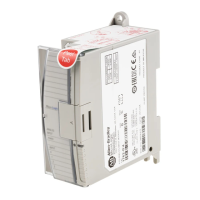
Do you have a question about the Allen-Bradley MicroLogix 1762-IF4 and is the answer not in the manual?
| Input Channels | 4 |
|---|---|
| Input Impedance Current | 250 Ω |
| Power Supply Voltage | 24V DC |
| Input Voltage Range | 0-10V DC |
| Input Current Range | 0…20mA, 4…20mA |
| Operating Temperature | 0°C to 55°C |
| Storage Temperature | -40°C to 85°C (-40°F to 185°F) |
| Dimensions (H x W x D) | 90 mm x 40 mm x 87 mm |
| Common Mode Rejection | 60 dB at 50…60 Hz |
| Accuracy | ±0.1% of full scale |
| Repeatability | ±0.05% of full scale |
| Isolation Voltage | 240V AC |
| Relative Humidity | 5…95% noncondensing |
| Enclosure Type Rating | None (open-style) |
| Compatibility | MicroLogix 1200 |
Precautions and steps to prevent electrostatic discharge (ESD) damage to sensitive electronic components.
Guidelines for module spacing for ventilation and procedures for mounting on DIN rails.
Instructions for panel mounting the module and connecting it within a system using ribbon cables.
Instructions for properly grounding the module to mitigate electrical noise and ensure safety.
Guidance on selecting input type (current/voltage) via module switches and configuration data.
Basic wiring diagrams and terminal block layout for analog input connections.
Wiring methods for differential sensor transmitters, including shield grounding recommendations.
Wiring diagrams for connecting 2-wire, 3-wire, and 4-wire sensor transmitters to the module.
Procedure for wiring the finger-safe terminal block, including wire routing and screw tightening.
Specifications for wire size compatibility and recommended torque values for terminal screws.
Instructions for labeling module terminals with identification for clarity and organization.
Explanation of the addressing scheme used for 1762 Expansion I/O modules in a system.
Details on the input data file structure for storing and configuring analog input values.
Definition of bits within the data file, including status, range flags, and format indicators.
Tables outlining data format, range selection, and filter settings for analog input configuration.
Guidance on selecting data format and input type/range parameters for analog signals.
Information on available filter settings for signal conditioning, including frequency and attenuation.
Technical specifications for the analog input channels, including range, accuracy, and impedance.
General technical attributes of the module, such as dimensions, weight, power, and enclosure ratings.
Environmental operating and storage conditions, vibration, shock, emissions, and immunity ratings.
List of product certifications and compliance standards, including c-UL-us, CE, C-Tick, and KC.
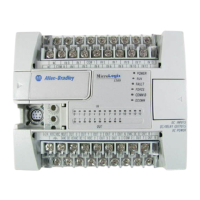
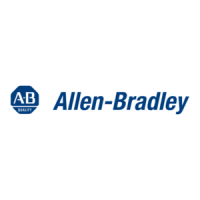

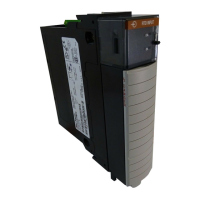

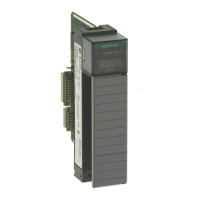

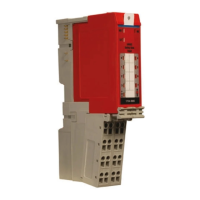
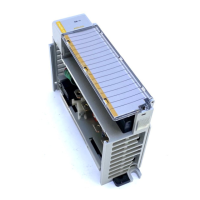
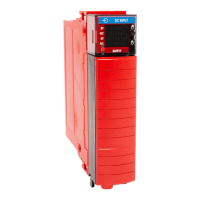

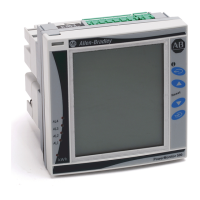
